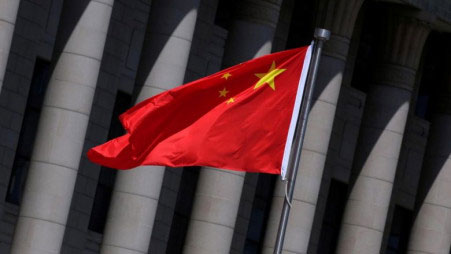China on Saturday launched a rocket carrying three astronauts to its new space station on what is set to be the country’s longest crewed mission to date, state media said, in the latest landmark in Beijing’s drive to become a major extraterrestrial power.
The three blasted off shortly after midnight (1600 GMT) from the Jiuquan launch centre in northwestern China’s Gobi desert, state-run news agency Xinhua said, with the team expected to spend six months at the Tiangong space station.
After the launch, the China Manned Space Agency declared it a success and said the crew members “were in good shape”, according to Xinhua.
The mission — twice as long as its 90-day predecessor — will set up equipment and test technology for future construction on Tiangong.
Mission commander Zhai Zhigang, 55, a former fighter pilot who performed the country’s first spacewalk in 2008, said the team would undertake “more complex” spacewalks than during previous missions.
The astronaut team includes military pilot Wang Yaping, 41, who will become the first woman to visit the nation’s space station, after previously becoming China’s second woman in space in 2013.
The other team member is People’s Liberation Army pilot Ye Guangfu, 41.
A previous record-breaking space crew — making the first mission to Tiangong — returned to earth in September after three months on the space station.
China’s heavily promoted space programme has already seen the nation land a rover on Mars and send probes to the moon. Tiangong, meaning “heavenly palace”, is expected to operate for at least 10 years.
Its core module entered orbit earlier this year, with the station expected to be operational by 2022. The completed station will be similar to the Soviet Mir station that orbited Earth from the 1980s until 2001.
The long mission is set to “expand China’s technological boundary” and verify the space station system’s capacity for a longer duration of human occupation, Chen Lan, an independent space analyst at GoTaikonauts, told AFP.
“I don’t think it is very challenging, as China’s technologies (are) quite mature, though anything in space is always challenging,” Chen said.Saturday’s blast-off came shortly after China launched its first solar exploration satellite into space, equipped with a telescope to observe changes in the Sun.
The Chinese space agency is planning a total of 11 missions to Tiangong through to the end of next year, including at least two more crewed launches that will deliver two lab modules to expand the 70-tonne station.– Web Desk










